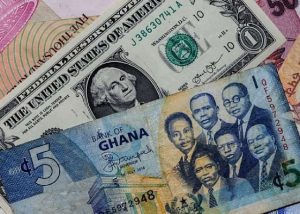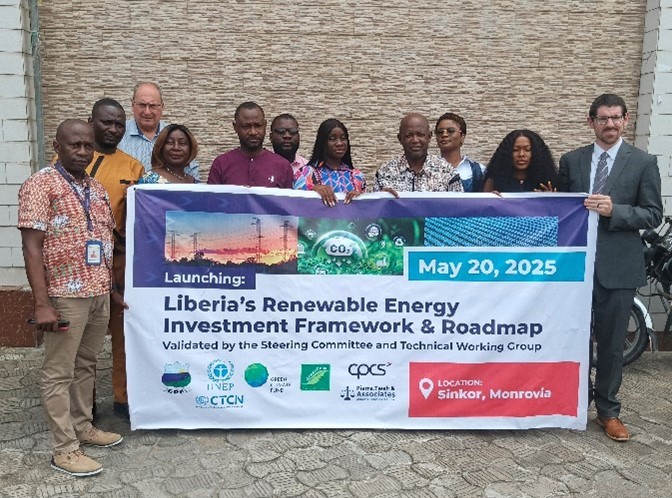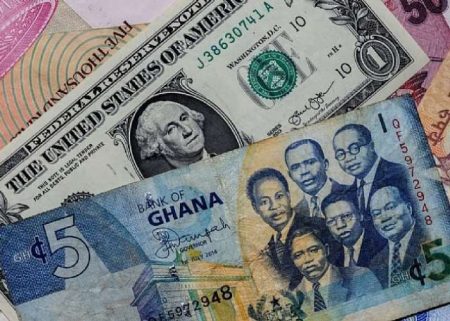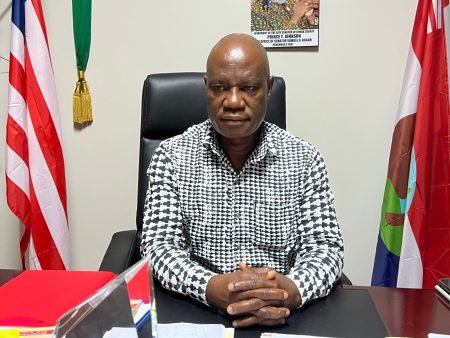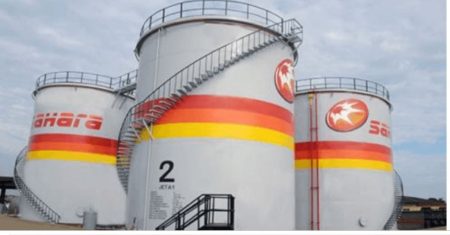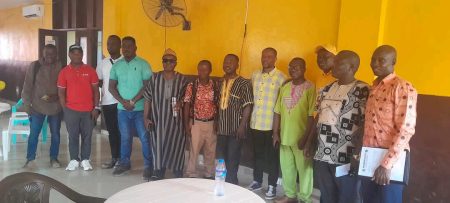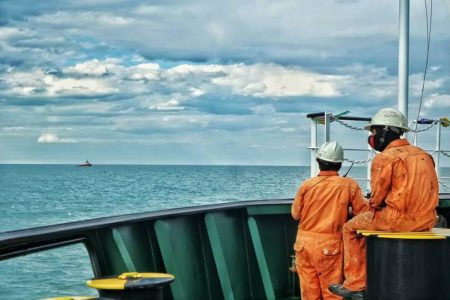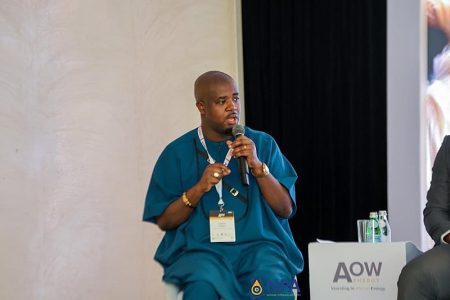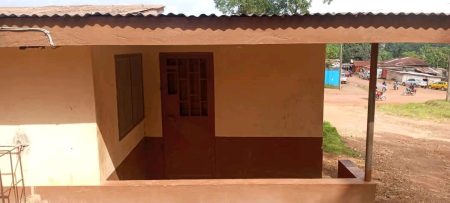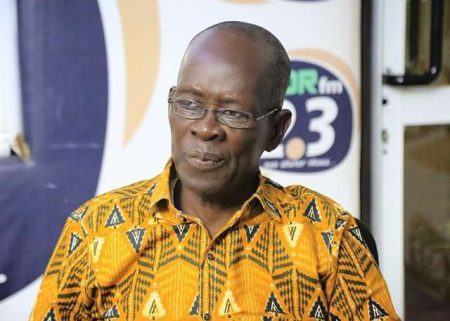Liberia’s ambitious leap into renewable energy signifies a pivotal moment in its developmental trajectory, marked by a substantial US$105 million investment in a comprehensive Renewable Energy Investment Plan Framework & Roadmap. This strategic initiative, spearheaded by the Environmental Protection Agency (EPA) in collaboration with key government ministries and agencies, underscores Liberia’s commitment to addressing its energy deficit, mitigating climate change, and achieving sustainable development goals. The plan aims to revolutionize Liberia’s energy landscape by diversifying its energy sources, reducing reliance on fossil fuels, and promoting widespread access to clean and affordable energy for over two million citizens across key counties, including Montserrado, Margibi, Grand Bassa, Nimba, and Grand Cape Mount. This initiative directly confronts the persistent challenges posed by the nation’s reliance on the Liberia Electricity Corporation (LEC), which struggles with issues such as power theft and unreliable supply, particularly during the dry season when the country’s sole hydroelectric dam operates at reduced capacity.
The Renewable Energy Investment Plan Framework & Roadmap, officially launched in May 2025, sets forth a clear vision for Liberia’s energy future, with specific targets aligned with its 2030 climate goals. Central to this vision is the ambition to achieve a 30% share of renewable energy in the national energy mix by 2030, a significant step toward carbon neutrality as outlined in Liberia’s Nationally Determined Contributions (NDCs). The plan envisions developing 100 MW of renewable energy capacity, a target that will be achieved by attracting Independent Power Producers (IPPs) through de-risking investment and offering incentives. This strategic approach aims to reduce reliance on diesel generators and thermal power, thereby significantly curbing greenhouse gas emissions and paving the way for a cleaner, more sustainable energy future.
The plan’s financial framework leverages Green Climate Fund (GCF) financing to minimize costs for IPPs and bolster the government’s capacity in managing tenders and implementing renewable energy projects. This strategic use of international climate finance underscores Liberia’s commitment to leveraging global partnerships to achieve its ambitious climate and development goals. The framework also acknowledges existing challenges, including a lack of technical expertise in project planning and feasibility analysis, inadequate tools for standardized tendering procedures, and gaps in legal, regulatory, and financial frameworks. Recognizing these challenges is a crucial step towards addressing them effectively and ensuring the successful implementation of the plan.
The official launch of the plan, marked by a presentation by Mr. Philips Spencer, Senior Consultant and Project Manager at CPCS (Canadian Pacific Consulting Services), provided a detailed overview of the framework and its key components. Mr. Spencer elaborated on the plan’s ambitious targets and outlined the strategic approach to achieving them, highlighting the importance of de-risking investments to attract IPPs and the role of GCF financing in facilitating the transition to renewable energy. The participation of Stephane Barleau, Renewable Tender Advisor at CPCS, further emphasized the technical expertise and international collaboration underpinning this transformative initiative.
The significance of this investment plan extends beyond its immediate impact on Liberia’s energy sector. It represents a comprehensive strategy for economic transformation, job creation, and sustainable development. By diversifying energy sources and increasing access to reliable and affordable electricity, the plan will empower businesses, improve education opportunities, and enhance the overall quality of life for Liberian citizens. This transformative potential was underscored by Ben Karmorh, Jr., Chief Technical Advisor and Climate Change Focal Point at the EPA, who emphasized the plan’s role in fostering inclusive development and demonstrating Liberia’s unwavering commitment to environmental stewardship.
In conclusion, Liberia’s US$105 million investment in renewable energy represents a bold and decisive step towards a sustainable future. The Renewable Energy Investment Plan Framework & Roadmap sets forth a clear vision, ambitious targets, and a strategic approach to transforming Liberia’s energy landscape. By leveraging international partnerships, addressing existing challenges, and prioritizing capacity building, Liberia is poised to achieve significant progress towards its 2030 climate goals, foster economic growth, and create a brighter future for its citizens. This initiative serves as a testament to Liberia’s commitment to sustainable development and its recognition of the crucial role of renewable energy in achieving a prosperous and resilient future.



